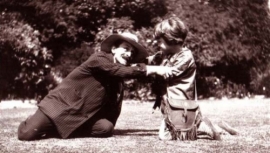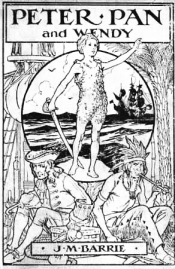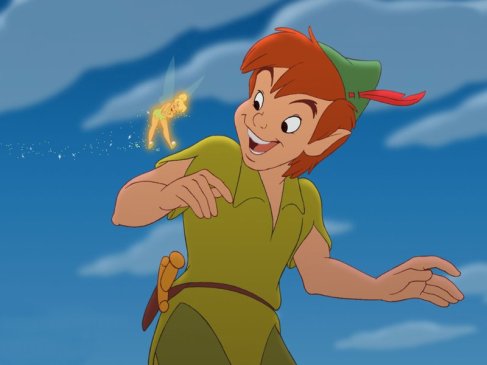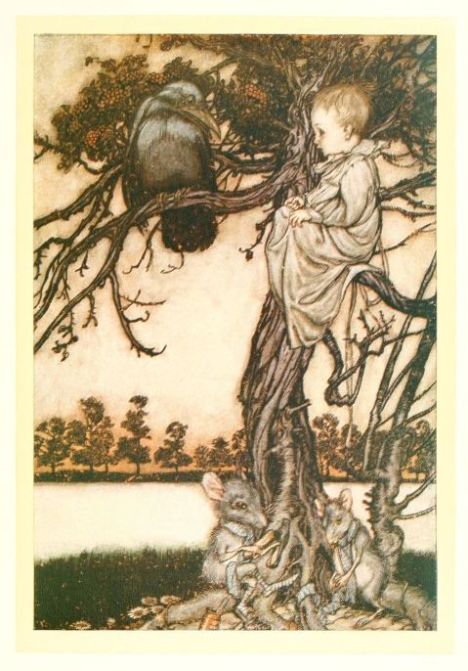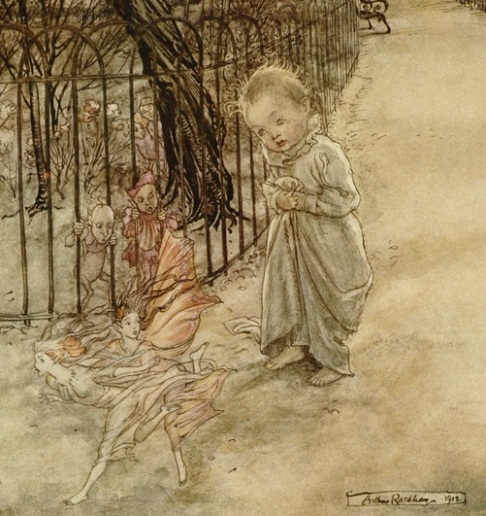Upon looking for sources for my paper, I stumbled upon an article that talked about how hunger and malnutrition are represented in Alice in Wonderland, as a commentary on the famines of the Victorian era. According to the article, Lewis Carroll included the tiny pieces of food, about the place, to express that Alice is essentially scrounging for her meals. She is lucky to stumble upon something, but is often left looking about for more food to return her to normal. In the Victorian era, there were enormous food shortages, causing the price of food to be raised to an intolerable level. As a result, meals became hard to come by. Considering Lewis Carroll saw this occurring, and experienced it himself, he felt the need to use it as a theme in Alice in Wonderland, and seek a solution for it.
At one point, in the novel, Alice meets the caterpillar, smoking atop a giant mushroom. When leaving, he tells her that one side will make her small, and one side will make her big. Alice then attempts to regain her original size, and upon doing so, realizes the value of the mushroom. From then on, Alice stores the mushroom pieces in her apron, thinking that she can use them as needed. This mushroom is thus Carroll’s solution for Victorian society–to find food in nature.

In Peter and Wendy, the lost boys complain about having to occasionally make believe their dinners. I personally found this to be one of the most pitiable situations in the book, and I was curious as to why J. M. Barrie might have written such scenes. After reading about the high price of food in the Victorian era, I wondered if perhaps Barrie was also making a commentary about the Edwardian era, through Peter and Wendy, by expressing that, due the food shortages, little boys and girls sometimes had to imagine they had meals. The Edwardian era, however, was described as a golden age between the Victorian era and World War I, hence I am led to believe that the food shortages improved. What I did read was about a Poor Law that was implemented, which gave relief funds to unemployed women, but not to unemployed able-bodied males. As a result, if one was married to an unemployed male, one was cut off from funds, as well. Upon reading this, I wondered about the financial situation of the Davies boys, and if the imaginary meals were an idea thought up by Barrie to quell their growling stomachs, rather than that of society as a whole. Children often play make believe, when it comes to tea parties, but in Peter and Wendy there is an obvious expression that these boys are hungry, despite having nothing,


